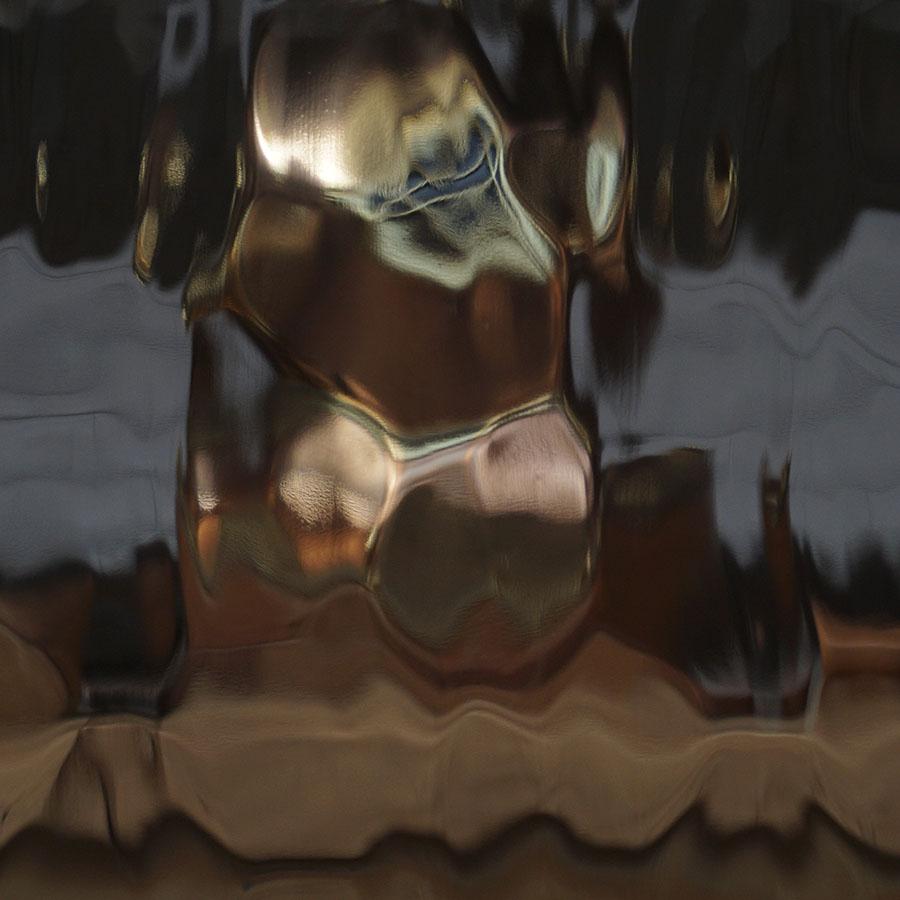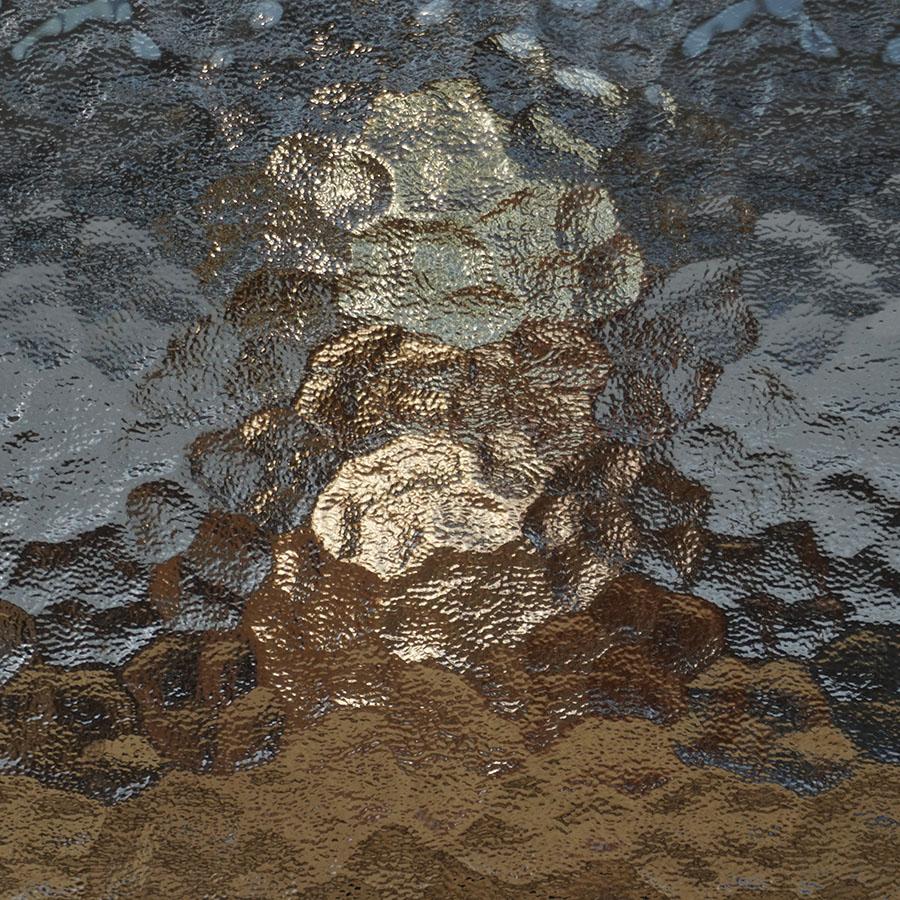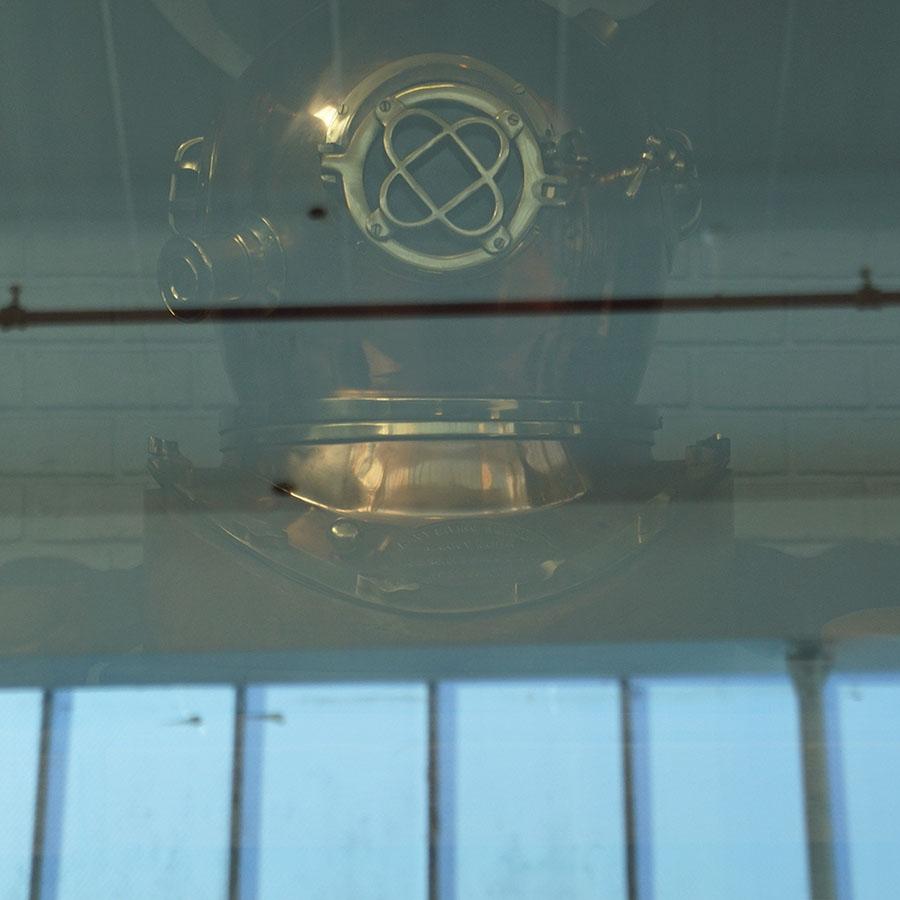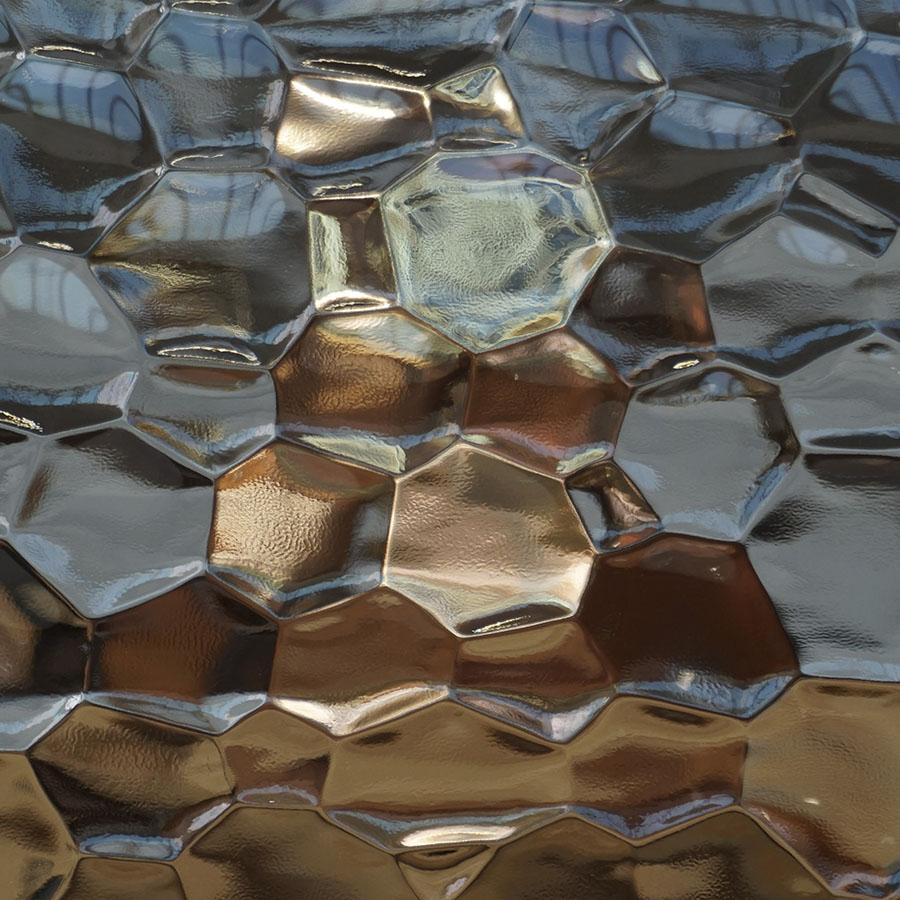PDP - Glass Information - Front Doors - Steel Doors
Type
Our dual pane tempered glass doors come with 1” T-Bar
Low E (Clear - completely see-through glass)

- Completely see-through glass design
- It has mirror glass affect depending on sun angle


Frost/Sandblast

Flemish

Rain

Aquatex

Ribbed

Ford Blue

Watercube
GLASS INFORMATION
What type of Glass do we use?
5/8” Dual Pane Tempered Glass.
What is Tempered Glass?
Tempered glass is defined as toughened glass that has been treated by heat or chemicals to increase its strength. Tempered glass is about four times stronger than "ordinary," or annealed, glass. And unlike annealed glass, which can shatter into jagged shards when broken, tempered glass fractures into small, relatively harmless pieces. Tempered glass has many benefits and uses which makes it a popular glass used in many home and commercial building projects.
Benefits of Tempered Glass?
The most important benefit of tempered glass is safety. Tempered glass reduces the risk of injury due to its nature of breaking into small, circular pieces instead of sharp, jagged shards.
Another benefit of tempered glass doors is ease of clean-up if they ever do break. As mentioned above, tempered glass breaks into small fragments instead of large, jagged pieces. This allows you to simply sweep up the glass instead of having to carefully pick up sharp pieces. The small glass pebbles of tempered glass can also be vacuumed to ensure all pieces have been cleaned up.
A final benefit of tempered glass is its strength. Because the process of heating and applying chemicals strengthens the glass, tempered glass is an excellent choice for doors and any other projects where maximum durability is desirable.
What is Dual Pane Glass?
Insulating glass (IG), more commonly known as double glazing (or double-pane), consists of two glass panes separated to help reduce heat transfer across a part of the building envelope.
Benefits of Dual Pane Glass?
Double-paned doors have two sheets of glass in a door frame instead of just one. Between the glass panes is a small space to provide insulation. The small space between window panes is filled with insulating gas to further increase insulation.
What is the Glass Size?
Front exterior side glass is the design glass style you chose and back interior side glass is clear. Each tempered dual pane glass is 1/4” thick. Tempered dual pane glass (including the spacer in between the two glasses) is a total of 5/8” in thickness. The dual glass comes installed on the door.
What is Low-e Glass?
The “e” in Low-E stands for emissivity - the ability to emit radiant energy. Low emissivity or Low E glass is a coating of microscopically thin metal layers deposited on a door glass surface to keep the heat on the same side of the glass from which it originated.
The Benefits of Low-E Glass
- Improved Energy Efficiency: In addition to reducing heat loss during winter months, low-e glass also reduces heat gain during the air-conditioning season.
- Less UV Damage: By blocking most ultraviolet (UV) radiation, low-e glass helps protect fabrics, leather, carpeting, artwork and finishes from the fading effects of sunlight.
- Reduced Condensation: Condensation on door glass can be a problem during the heating season, as warm air comes into contact with cold door glass and gives up its moisture, forming water droplets on the glass surface. Low-e glass will minimize or eliminate this unwanted condensation.